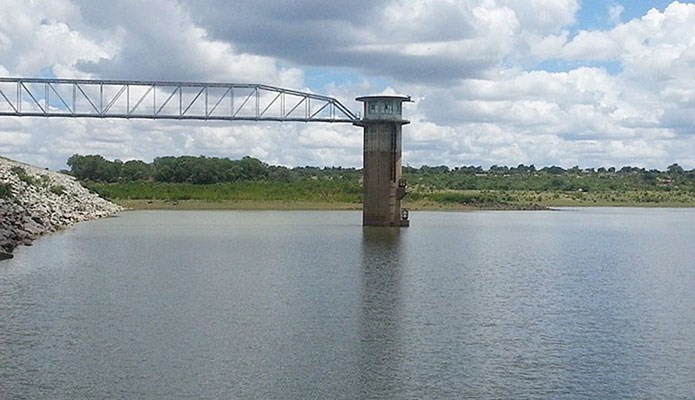
BY REJOICE NCUBE
WATER supply dams in the City of Bulawayo are at 66,99% amid a rise in demand for potable water.
The drop in the water level has forced the local authority to reintroduce a water-rationing regime.
Bulawayo experienced serious water challenges last year following the decommissioning of three of its six supply dams due to low water levels.
This led to some suburbs going for over six months without tap water.
In a notice to residents, Bulawayo town clerk Christopher Dube said water supply had stabilised in all suburbs.
He, however, said from March 2021, water-shedding would gradually be reduced.
“On May 15, dam levels were 66,96%.
- Chamisa under fire over US$120K donation
- Mavhunga puts DeMbare into Chibuku quarterfinals
- Pension funds bet on Cabora Bassa oilfields
- Councils defy govt fire tender directive
Keep Reading
“However, an analysis of the system input volume against city consumption from March 2021 to date is indicating that the demand is very high at 156ML/day against the water-rationing limit of 135ML/day,” Dube said.
“The rationing limit is in place as part of broader water conservation measures in force with the purpose of delaying city dams’ depletion rate.
“In this regard, consumers are being encouraged to adhere to their water-rationing allocations.”
Dube said according to the water-rationing schedule, the allocations were that high-density houses should get 450 litres/day, low-density houses 650 litres per day, cottages, servants quarters 650 litres/day, with all residential flats with bulk meters getting 70% of average water use for the period ending March 2017, and all residential flats with individual meters getting 400 litres/day.
Dube said connections to vacant stands and areas outside Bulawayo would be suspended, adding that consumers should follow the water-rationing allocations as given.











